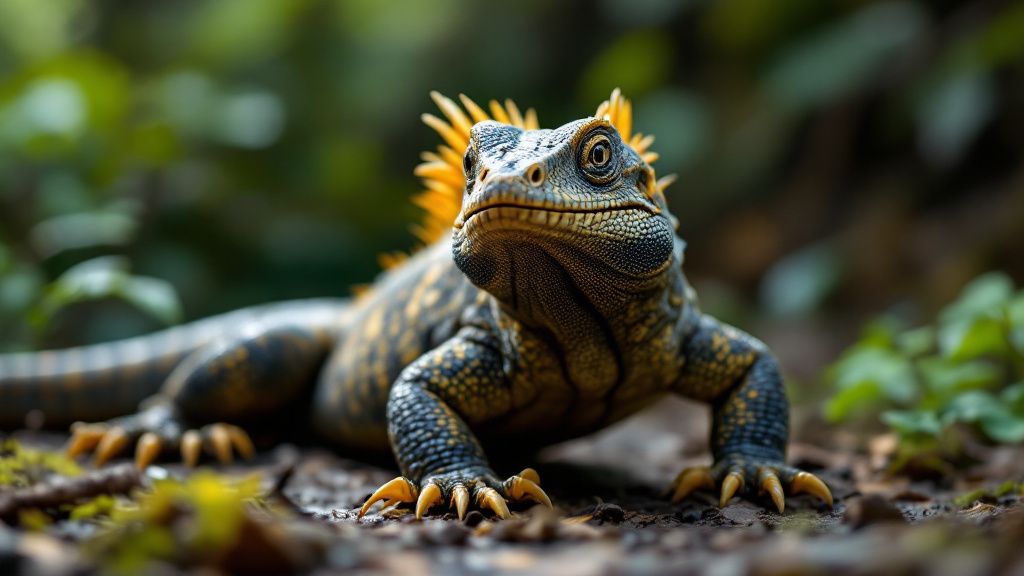
A remarkable species that has fascinated scientists and nature enthusiasts alike is the tuatara, a reptile endemic to New Zealand that serves as a living link to the age of dinosaurs. Unlike most modern reptiles, tuataras have retained traits that make them a unique study of evolutionary biology. Not only are they considered rare animals due to their limited geographic distribution, but they are also living examples of unique animal adaptations that have endured over millions of years.
One of the most intriguing aspects of the tuatara is its resemblance to ancient reptiles that inhabited the Earth during the Mesozoic era. This distinctive lineage makes it a valuable subject for animal discovery, offering insights into prehistoric life forms. Despite its dinosaur-like appearance, the tuatara is not a lizard; it belongs to its own distinct lineage, Sphenodontia, which diverged from lizards and snakes around 240 million years ago. This makes them one of the rarest reptiles alive today and an important symbol of unique wildlife conservation.
The tuatara's anatomy features some truly strange animal characteristics. Its so-called "third eye," a parietal eye located on the top of its head, is a remarkable adaptation. While this photoreceptive organ is not used for vision, it plays a role in regulating circadian rhythms and hormone production. Such unusual animal behavior showcases the tuatara's success in adapting to its environment over the millennia.
As a species classified under endangered species due to habitat loss and predation by introduced mammals, conservation efforts are crucial to its survival. Animal conservation initiatives have been underway for many years, relying on the support of animal rights organizations to ensure the tuatara's continued existence. These conservation programs are vital in protecting this unique piece of living history.
If you are intrigued by rare animal species and are interested in supporting their preservation, consider learning more about organizations dedicated to animal welfare and conservation. Their efforts help maintain the biodiversity that enriches our world. Remember, while the idea of keeping exotic pets may be tempting, the priority should always be on animal welfare and supporting sustainable practices to protect our planet's unconventional and diverse wildlife.
By engaging in these efforts, not only do you contribute to the protection of the tuatara and other uncommon pets, but you also become part of a global initiative to preserve the rich tapestry of life that captivates and educates us all.
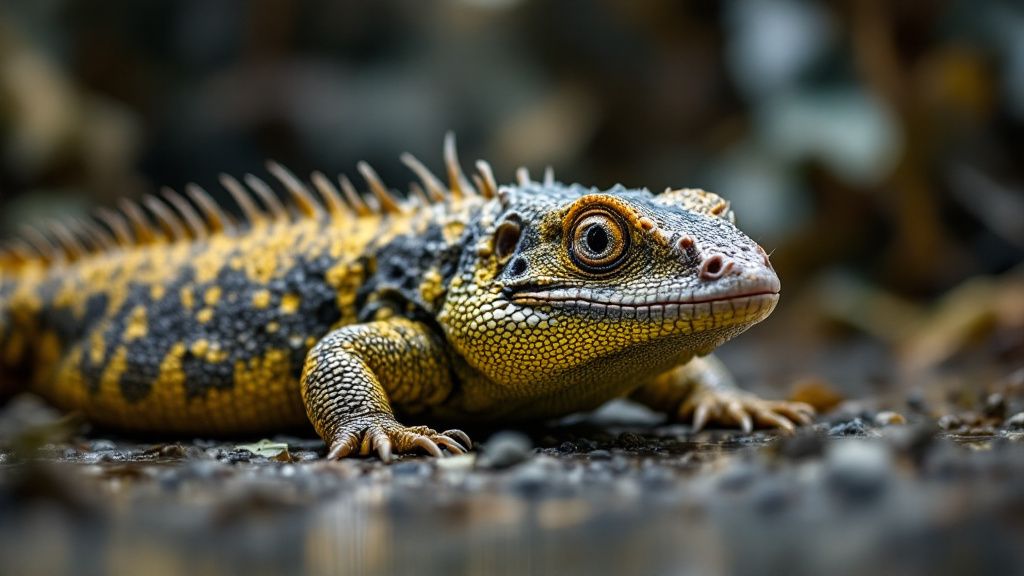
Recent trends in tuatara research have been shedding light on many exciting aspects of these remarkable creatures' biology and survival strategies. Scientists are increasingly leveraging advanced technology to study tuataras, making significant strides in understanding their unique animal adaptations and habits. One of the most notable research trends involves genomic studies that aim to decode the genetic blueprint of the tuatara. These investigations are revealing the evolutionary secrets encoded within its DNA, helping researchers unravel how these rare animals have survived through mass extinctions.
Moreover, studies focused on their immune system are gaining traction, as tuataras possess an exceptionally unique immune response among reptiles. This has attracted attention from scientists engaged in animal conservation, who are working to ensure these creatures continue to thrive despite the pressures of environmental change and habitat disruption. Understanding the tuatara's immune system not only informs conservation strategies but could also offer broader insights applicable to other endangered species.
Another fascinating area of research involves exploring the unusual animal behavior of tuataras, such as their slow reproductive rates and longevity, which can exceed 100 years. To further understand these behaviors, field studies are conducted in their native habitats, utilizing modern tracking and measurement devices to gather data without disturbing their natural activities. This non-invasive research approach ensures that the well-being of these ancient animals remains uncompromised, aligning with goals set by animal rights organizations.
As knowledge about the tuatara expands, the role of eco-tourism in education and conservation has emerged as a valuable tool. Visitors to biodiversity sanctuaries have the chance to witness these strange animals in their natural settings, fostering a greater appreciation and understanding among the general public. By participating in guided ecological tours, individuals support these conservation areas, contributing to ongoing research and protection efforts.
For those interested in supporting the latest advancements in tuatara research and aiding conservation efforts, consider engaging with initiatives that promote sustainable wildlife practices. Such involvement can make a meaningful difference, ensuring these incredible reptiles continue to be a part of our world's unique wildlife tapestry for future generations to admire and learn from.
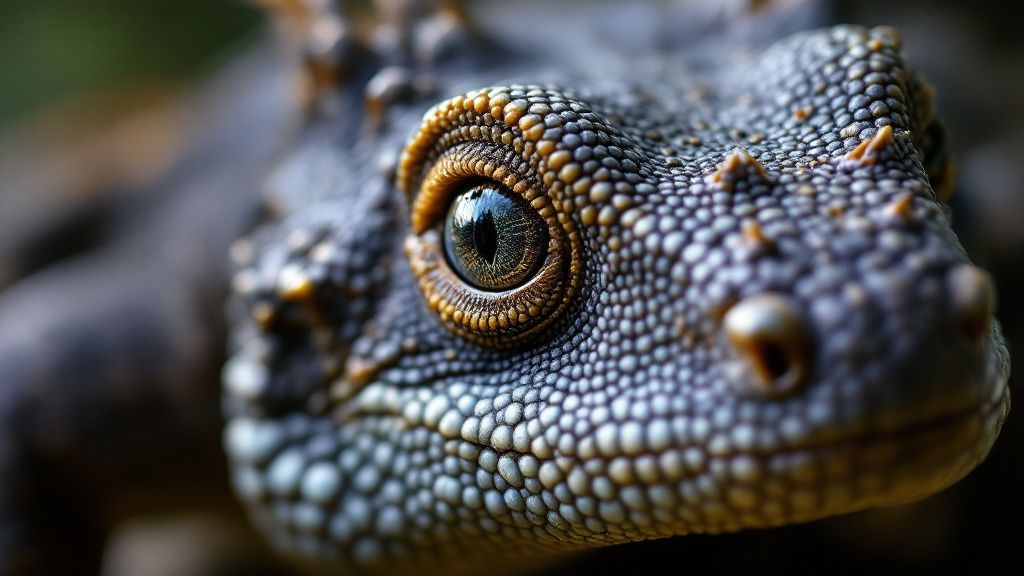
the animal kingdom. This slow reproductive process, combined with their remarkable longevity, plays a critical role in their resilience, though it also presents challenges for their population recovery efforts. As a result, animal conservation programs are focused on understanding and supporting these traits to ensure the tuatara's survival in the wild.
Another captivating trait is their ability to adjust their metabolic rates according to the temperature, a rare adaptation among reptiles that aids in their occupation of cooler climates where other reptiles might struggle to thrive. Unlike many reptiles that are exclusively active in warm environments, tuataras can endure lower temperatures, providing insights into uncommon living conditions and survival strategies.
The tuatara's diet consists mainly of insects and small vertebrates, reflecting their status as both predators and prey in their ecosystem. This establishes a crucial ecological balance, making them key figures in their habitat's dynamics. Conservationists often emphasize these roles to advocate for their preservation, underlining the significance of protecting such unique wildlife.
Human interest in these fascinating animals has grown, spurred by their extraordinary features and the conservation messages they embody. By learning more about the tuatara’s unique traits, you can contribute to the support and advocacy for these ancient reptiles. Encouraging involvement with organizations dedicated to animal welfare can significantly help in preserving their dwindling habitats and supporting continued research into their mysterious lives. Through engagement and understanding, the role of the tuatara in our world can be appreciated and safeguarded for future generations.
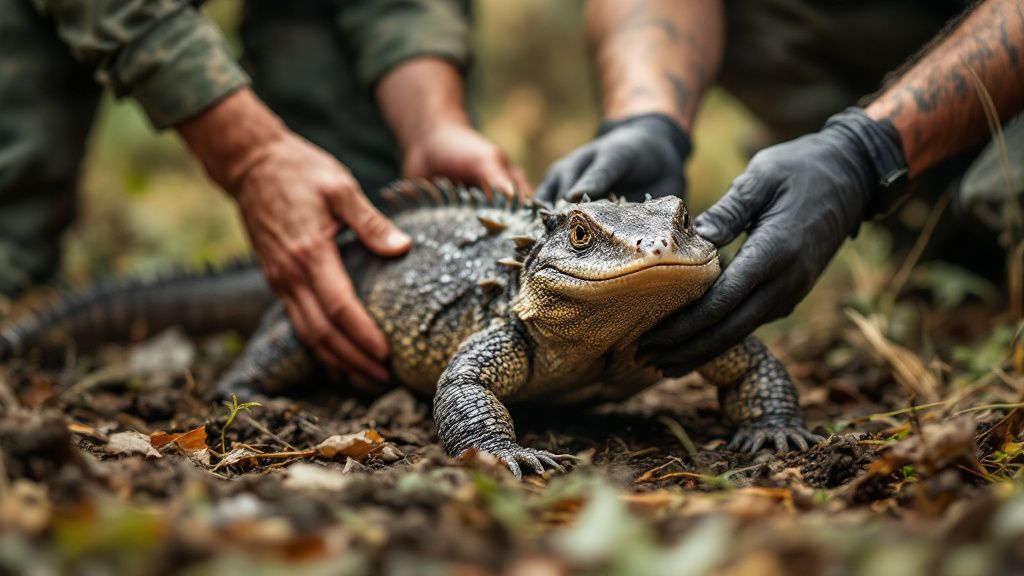
Active conservation efforts for the tuatara are of paramount importance, given their status as endangered species. Through a combination of innovative strategies and community collaboration, these initiatives aim to protect and restore tuatara populations to sustainable levels. Conservation actions frequently include habitat restoration, predator control, and breeding programs, each tailored to address specific threats faced by these ancient reptiles.
Habitat restoration is a cornerstone of these efforts, as ensuring a healthy and stable environment is crucial for the tuatara’s survival. Many organizations are working tirelessly to restore native flora and remove invasive plant species that could disrupt the delicate ecosystem balance. This not only supports tuatara populations but also benefits many other unique wildlife species in the region.
Predator control is another critical aspect of tuatara conservation. Introduced species, such as rats and stoats, pose a significant threat by preying on tuatara eggs and juveniles. Efforts to eradicate these invasive species from tuatara habitats are ongoing, involving traps, community education, and vigilance to prevent reintroduction. These measures are essential to maintain safe breeding grounds and increase hatchling survival rates.
Breeding programs, both in situ and in captivity, have also seen success in recent years. These programs are designed to boost population numbers, closely monitoring genetic diversity to avoid inbreeding. After rearing, juvenile tuataras are often reintroduced into predator-free reserves, aiding in the reestablishment of viable wild populations. Such initiatives highlight the importance of partnerships between local authorities, conservation groups, and volunteers dedicated to safeguarding these rare animals.
One powerful way to support these conservation endeavors is by participating in eco-friendly tourism activities, such as visiting conservation centers where you can learn firsthand about tuatara conservation efforts. These programs not only educate the public about the significance of preserving tuatara habitats but also generate funds that directly contribute to ongoing conservation projects.
You can amplify the impact of these efforts by choosing to support businesses and organizations that prioritize eco-friendly practices and contribute to animal rights organizations. By making conscientious choices and spreading awareness, individuals can play a vital role in ensuring that tuataras continue to thrive in their natural environments, preserving a remarkable lineage that has captivated the world for centuries. Through collective action, we can uphold a sustainable future for this iconic species.
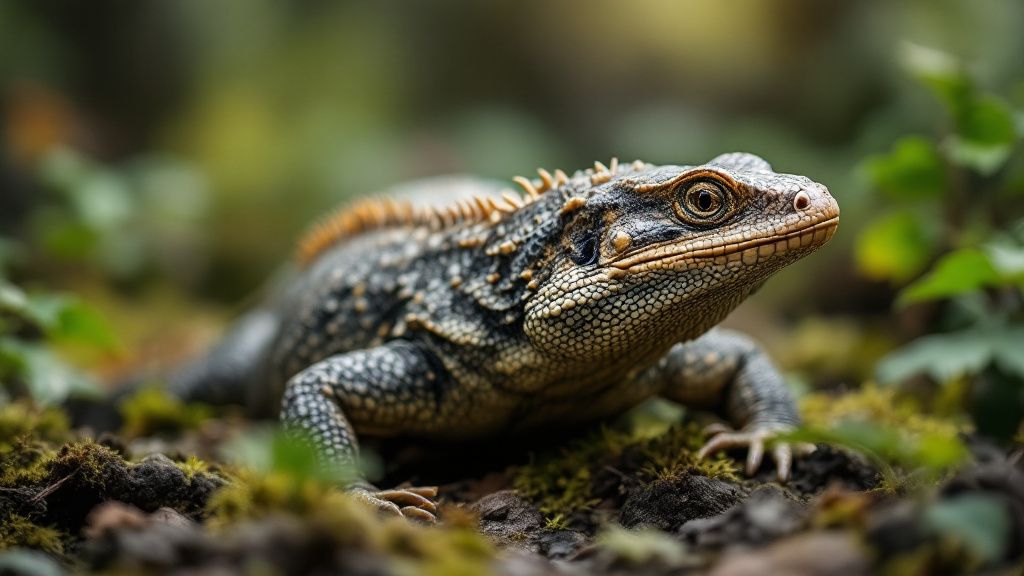
Tuatara recovery programs have seen commendable success over the years, epitomizing effective conservation strategies aimed at reviving this ancient species. Such programs leverage a combination of scientific research, habitat management, and community involvement to facilitate the growth and survival of tuatara populations, demonstrating what can be achieved through dedicated conservation efforts.
One of the key successes in tuatara recovery has been the establishment of predator-free sanctuaries. These sanctuaries provide a safe haven where tuataras can breed and thrive without the threat of invasive species that significantly impact their chance of survival. The creation of these protective environments has been instrumental in increasing tuatara numbers and is a testament to the commitment of conservationists and local communities working hand-in-hand.
Captive breeding programs have also played a crucial role. By carefully selecting genetically diverse mates, these programs help maintain a healthy genetic pool for future generations, which is vital for the long-term sustainability of the species. Upon reaching maturity, many of these captive-bred tuataras are reintroduced into monitored safe zones, ensuring they contribute positively to the ecosystem upon release.
The integration of modern technology in monitoring practices has added immense value to these programs. Utilization of tracking devices and data analytics helps researchers observe tuatara behavior, movement, and habitat use, which provides invaluable insights that can be used to refine conservation strategies. These innovations enable more precise and adaptive management measures, ensuring that the needs of the tuatara are met as effectively as possible.
Such recovery efforts are bolstered by the involvement of educational institutions and eco-tourism ventures that align their mission with wildlife preservation. Visitors to these sites gain a deeper appreciation and understanding of the unique traits and needs of tuataras, which in turn fosters a wider public support for conservation initiatives. By promoting knowledge and encouraging active participation, these collaborations underscore the success and necessity of continued conservation work.
Emphasizing environmental stewardship, businesses and organizations are encouraged to adopt sustainable practices that align with the goals of tuatara recovery programs. Through ethical commitments and partnerships, they can support the ongoing preservation of this remarkable species. By choosing to engage with and support these conservation-focused enterprises, individuals and communities can contribute significantly to the positive momentum of tuatara recovery, ensuring these extraordinary creatures endure for generations to come.
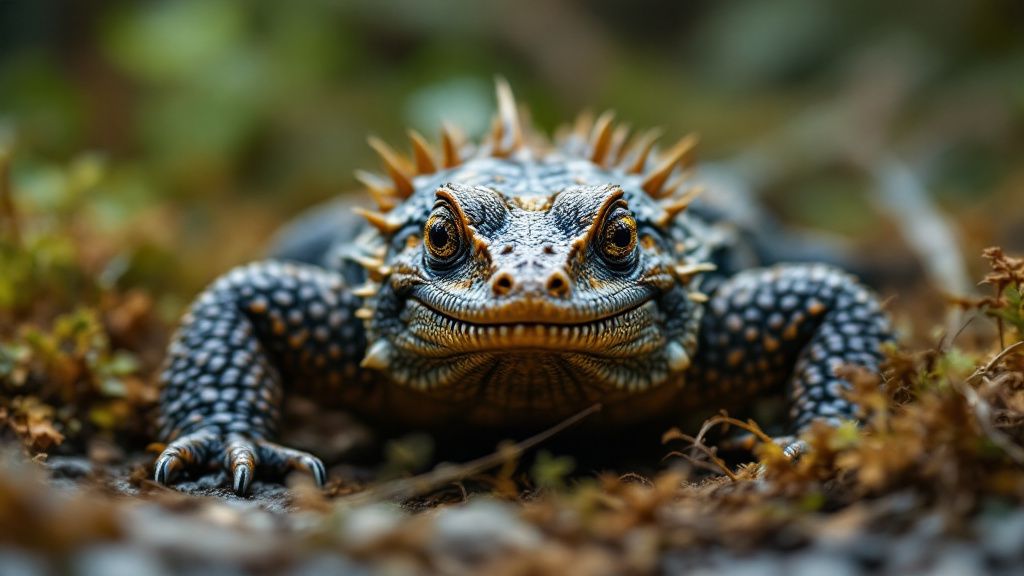
Protecting the tuatara involves a concerted effort that merges scientific strategies with community action, focusing on practical steps that can make a real difference. One of the most effective measures is the establishment and maintenance of predator-free islands and reserves. By eliminating invasive species such as rats and stoats, these areas become safe zones where tuataras can thrive without the constant threat of predation. Regular monitoring and trapping ensure these environments remain secure, allowing the tuatara populations to flourish.
Community participation is crucial, as local residents play a vital role in conservation practices. By engaging in projects such as habitat restoration and participating in citizen science initiatives, individuals can contribute to creating ideal environments for tuataras. Planting native vegetation not only provides essential cover and food sources for tuataras but also supports other unique wildlife, enriching the biodiversity of the area.
Additionally, public education and awareness campaigns emphasize the importance of tuatara conservation. By fostering a strong connection between local communities and their neighboring ecosystems, these efforts inspire greater participation in conservation initiatives. Schools and educational centers can implement programs that teach the significance of preserving such an extraordinary species, encouraging young minds to become stewards of their environment.
Investing in ongoing research is another critical step. By supporting scientific studies, we can continue to glean insights into the tuatara’s biology, behavior, and ecological needs. This information forms the backbone of informed conservation strategies and helps organizations make decisions that effectively bolster tuatara numbers. Funding directed towards new technologies and methodologies further aids these research endeavors, ensuring that conservation efforts are grounded in evidence-based practices.
For businesses and organizations, adopting eco-friendly policies and sustainability goals aligned with conservation priorities can enhance their positive impact. By supporting non-invasive tourism, ethical marketing practices, and contributions to wildlife charities, companies can play a vital role in promoting environmental well-being. Partnerships with local conservation groups can further enhance efforts, pooling resources and expertise to protect and nurture tuatara populations.
Engaging with businesses that champion these causes and actively participate in conservation efforts contributes to a larger movement that safeguards the tuatara. By advocating for sustainable practices, we can ensure that practical steps are taken to secure the future of this remarkable species, echoing a global commitment to biodiversity conservation and responsible environmental management.
Get free resources, early access to new features and updates.
No spam. Just fun educational emails!